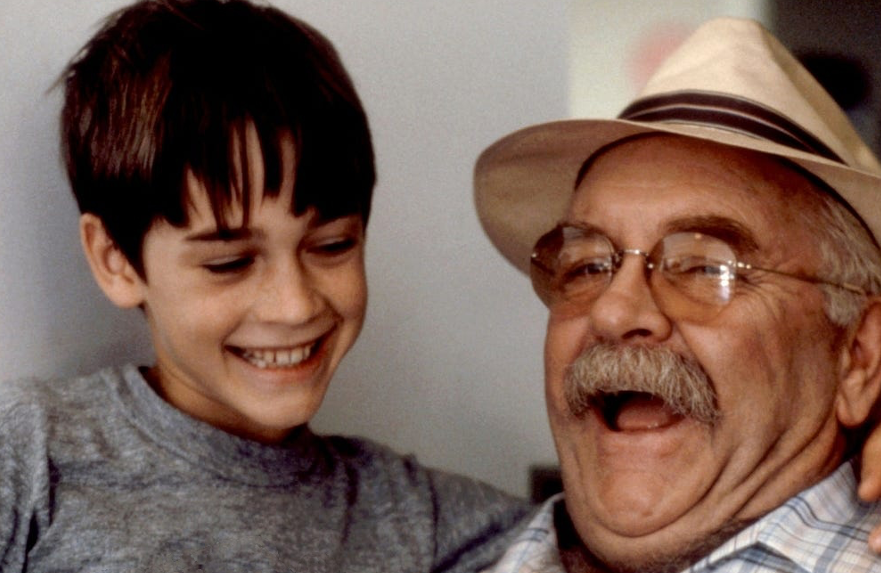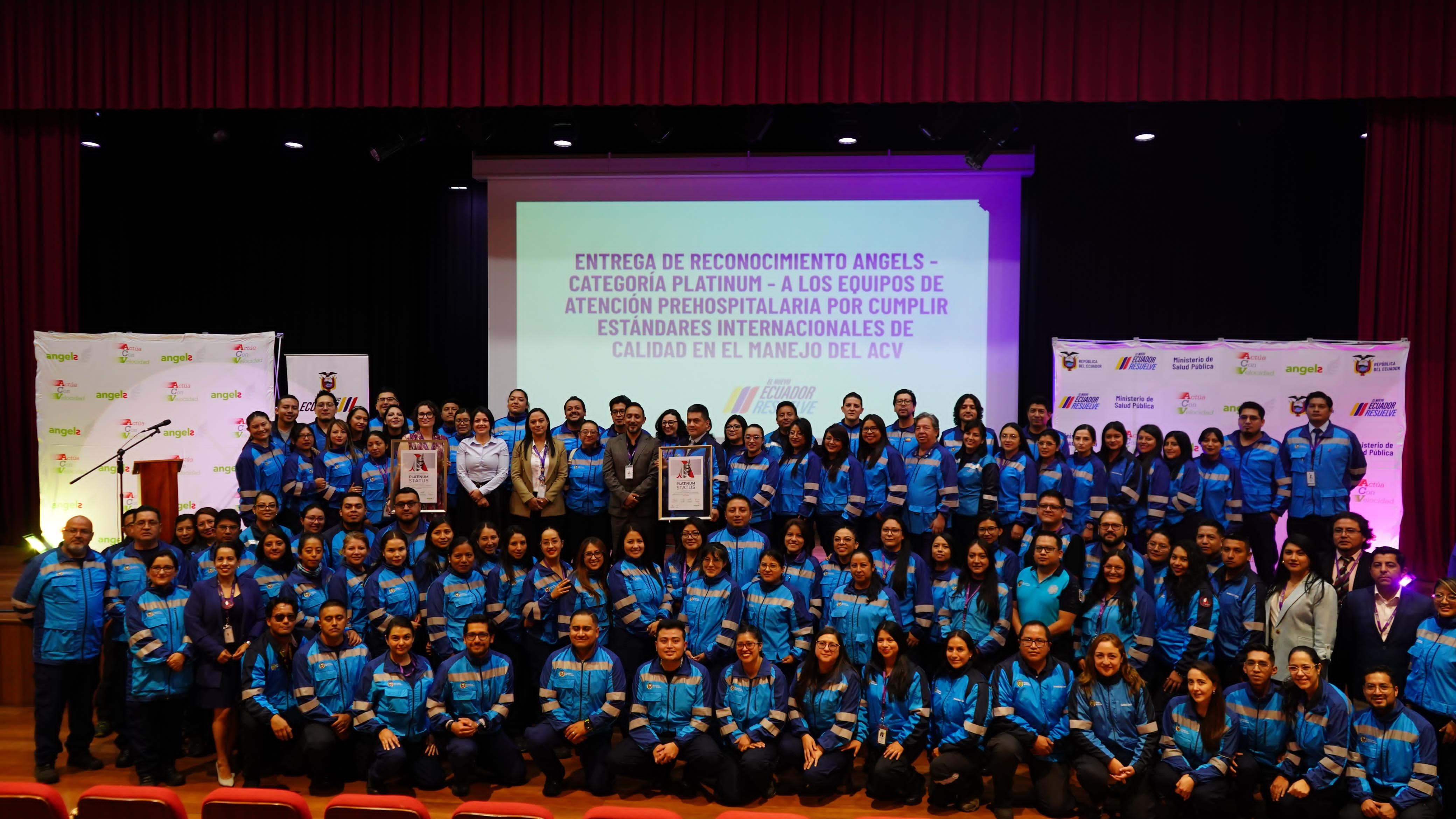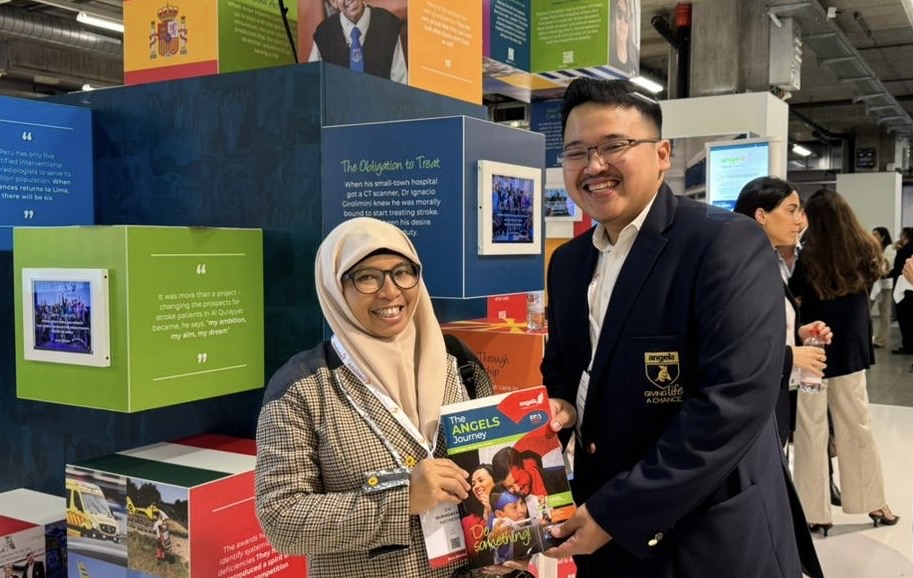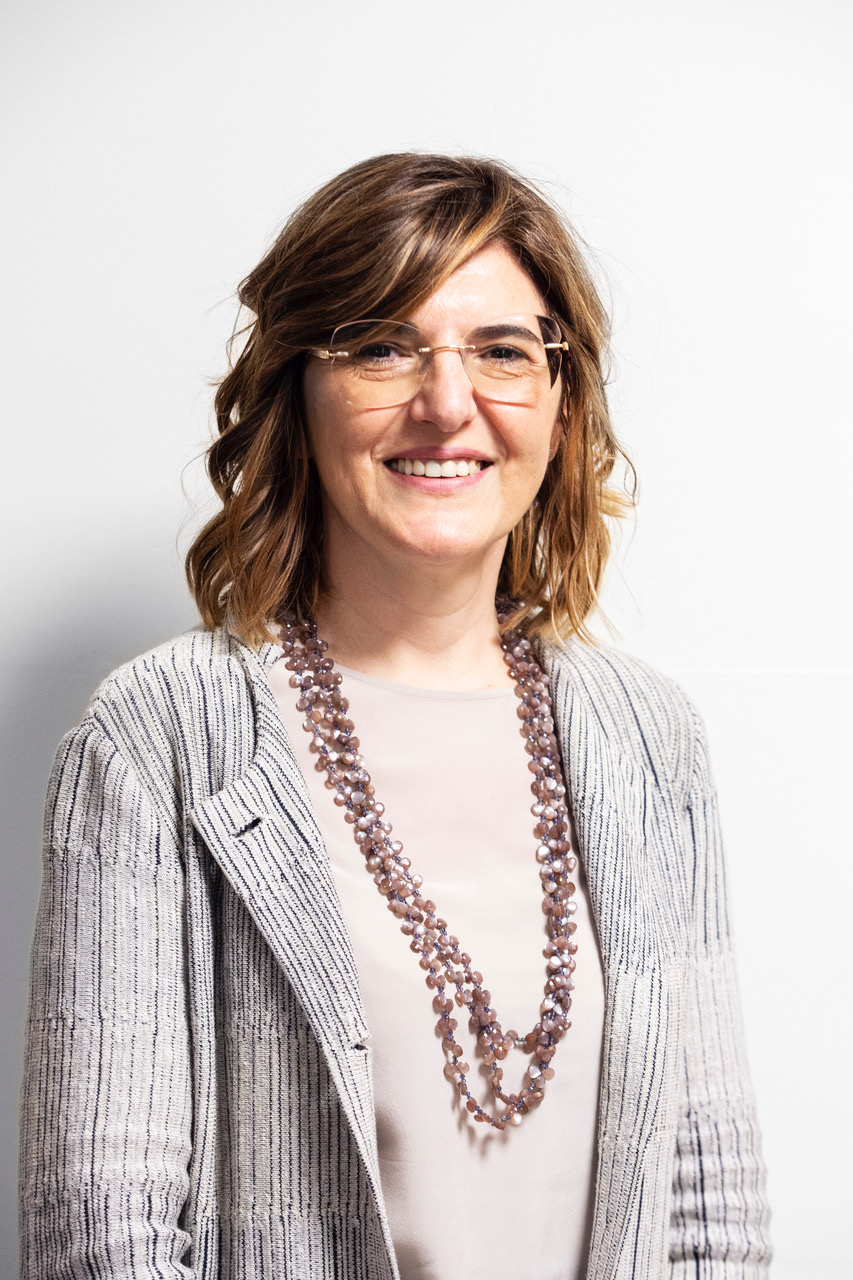
Hogyan alakult a neurológia iránti érdeklődése?
Diákként lenyűgözött az idegrendszer anatómiája és fiziológiája, majd később lelkesedtem a klinikai terület iránt. Annyi mindent meg kellett tanulni az agy normál működéséről és a neurológiai betegségek természetéről, és még sok is van itt.
Mi volt eddigi legkifizetődőbb tapasztalata karrierje során?
Végezetül pedig a saját csoportom vezetése lehetőséget kínál arra, hogy valóban megvalósítsam a jövőképemet az általam előnyben részesíteni kívánt kutatási témákkal és a munkakörnyezetemben meghatározni kívánt értékekkel kapcsolatban. Ez egy nagy kihívás, ami eddig elég jól halad. Felhatalmazom és megfigyelem a csoport legtehetségesebb és legszorgalmasabb tagjainak növekedését. Kutatási és klinikai csoportunk bővítése, hogy különböző szakterületeken dolgozó kollégákat vonjunk be, új lehetőségeket kínál. Ezenfelül a csoport Olaszországban és külföldön is bővíti az együttműködést.
Hogyan működik a kutatása és a klinikai működése a stroke és a fejfájás összetett területein, hogy jobban megértse a másikat?
A stroke epidemiológiában és kezelés hosszú tapasztalattal rendelkező iskolában tanultam. Nyilvánvaló volt számomra, hogy ezen a területen vagyok. Véletlenszerűen jött a fejfájás iránti érdeklődés, mivel a klinikai aktivitásom megkezdésekor senki nem kezelte a fejfájásos betegeket. Tehát ehhez a mezőhöz rendeltek hozzá. A klinikai és kutatási tevékenységek ebben a két területen jelentősen különböznek. Azonban van összefüggés a kettő között, mivel az aurával járó migrén a stroke kockázati tényezője, és a szabadalommal rendelkező formanen ovale (PFO) mindkét betegségben érintett. Most az az érdekem, hogy jobban megértsem, miért társul egyes egyéneknél a PFO az ischaemiás stroke-hoz, és hogyan járulhat hozzá a migrénhez. Úgy gondolom, hogy a PFO kezelés kapcsolatos negatív bizonyítékok elsősorban annak köszönhetők, hogy nem tudunk különbséget tenni az ártatlan és a bűnös PFO-k között. A szív felépítésének és működésének vizsgálata során alkalmazott új technikák hasznosak lehetnek.
Ön jelentős mértékben hozzájárult az ESO-hoz az iránymutatásokon végzett munkája révén. Miért fontosak az irányelvek?
Az irányelvek nagyon fontosak a stroke és sok más betegség legmegfelelőbb kezelésének elősegítéséhez. Fontosak a klinikusok számára, útmutatást nyújtanak a terápiás és diagnosztikai döntéshozatalhoz; fontosak a kutatók számára a szürke területek azonosításához; a finanszírozó ügynökségek számára a klinikai ápolási fejlesztési projektek azonosításához és értékeléséhez; a politikai döntéshozók számára az egészségügyi rendszerekben történő szervezettel és költségtérítéssel kapcsolatos döntések meghozatalához; a beteg számára, hogy azonosítsák a számukra szükséges beavatkozásokat abból a rendszerből, amelyben élnek. Egy egyedi európai irányelv lenne ideális, egy szakértőket is magában foglaló bizottsággal. A nemzeti fordítások és adaptáció ezt követően a helyi ellátáshoz igazíthatja. Ezzel időt és erőforrásokat takaríthat meg, és elkerülheti a konfliktusokat.
A Női Stroke Kezdeményezés aktív tagjaként Európában (Wine Initiative of Stroke in Europe, WISE) kérjük, írja le, hogy a nemek közötti különbség és az egyenlőtlenségek milyen hatással vannak a stroke gondozás.
A nemek hatással vannak a stroke mechanizmusokra és a kezelés adott válaszra, mivel a férfiak és nők biológiája eltérő. A nemi hovatartozással kapcsolatos sajátosságok jobb megértése javíthatja a stroke gondozás. A vizsgálatok szerint a stroke gondozás terén bizonyos egyenlőtlenségek mutatkoznak; ezek országonként eltérőek, és az okok eltérőek lehetnek az ellátási rendszerek és kultúrák között. A WISE egy olyan közösség is, amely megpróbálja támogatni a nők szakmai karrierjét, és elérni a vezetői pozíciókat. Személyes reményeim szerint erre a jövőben nem lesz szükség, de egyelőre jó látni, hogy a WISE küldetését nem csak a nők, hanem számos nagyra becsült férfi kolléga is magáénak vallja.
Az ESO-t otthonának nevezte. Milyen változtatásokat javasolnak annak érdekében, hogy az európai stroke közösség még inkább befogadó otthonává váljon?
Az ESO már a karrierem kezdete óta kíséri a fejlődésemet. Emlékszem, hogy közel 20 évvel ezelőtt először jártam az ESO nyári iskolájában Kremsben. Aztán elkezdtem beküldeni a konferenciákra szóló hozzájárulásokat, a Young Stroke Orvosok Bizottságának tagja voltam, majd előadóként meghívtak, és aktív szerepet kezdtem betölteni az ESO útmutató bizottságokban. Nagy megtiszteltetés volt számomra, hogy a bizottság társelnöke lettem, és sok időt és energiát fordítottam a feladatom elvégzésére. Az elnökké válás lehetősége egy olyan kiváltság, amelyet a legjobb tudásom szerint tisztelhetek. Az ESO egy barátságos, nyitott és tisztességes társadalom, amely erősen a demokrácia és a kiválóság értékeire épül. Ugyanazok a magas értékek, amelyek a társadalmat a múltban vezették, továbbra is fennmaradnak az elnökségem alatt.
Az ESO Summer School jövő szeptemberben érkezik a városodba.
Örülök és büszke vagyok arra, hogy a L’Aquila nyári iskolájának otthona lehetek. Megtiszteltetés lesz üdvözölni azokat a fiatal kollégákat, akik erősen érdeklődnek a stroke iránt. Felállítottam egy tudományos bizottságot felsővezetői és fiatal tagjaimmal egy erős és vonzó program felépítése érdekében. A tanítás mellett fontos, hogy közvetítsük a társadalom és a közösség érzékét, valamint a tudományos feddhetetlenség, a kiválóság és a folyamatos innováció értékeit. Lehetőség lesz arra is, hogy megismerjük egymást, és élvezzük a várost és annak környezetét. Bár nem a turistatérképen található, L’Aquila egy középkori város, amelynek bája változatlan marad, bár az elmúlt években egy hatalmas földrengés után újjáépítették.
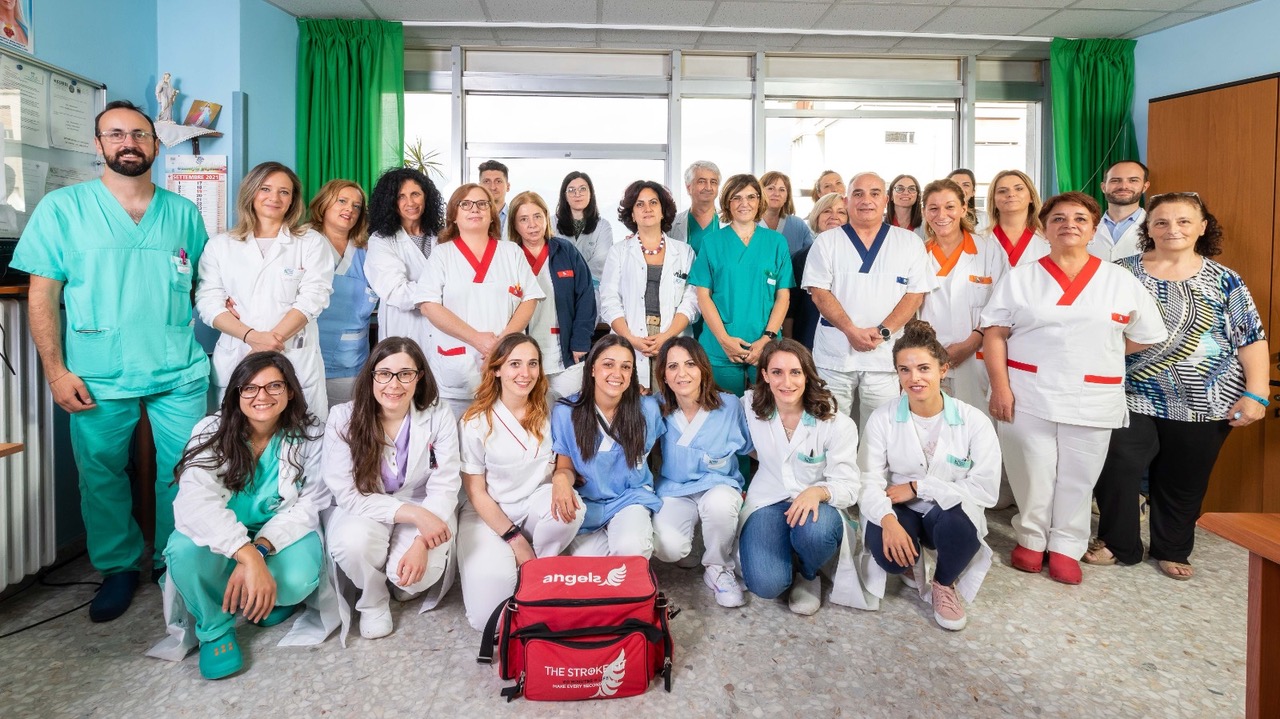
Tanárként, mentorként és kutatóként, akik számos társaságban tevékenykednek, hogyan éred el az egyensúlyt az életedben?
Nagyon szeretem a munkámat, és áldásosnak érzem magam a lehetőségekre. A mindennapi tevékenységek sokszínűsége energizáló. Igyekszem mindent megtenni, hogy időt takarítsak meg. Emellett áldásos vagyok, hiszen kiváló munkatársaim támogatják a munkámat, és átveszik feladataim és felelősségeim egy részét. A megbízható csapattal való együttműködés kulcsfontosságú, és támogató családdal is rendelkezik. Szeretek olvasni, fotózni és utazni, és amikor csak lehet, megpróbálok kiszabadulni még egy-két napra a családommal.
Reménye szerint mit tart örököltnek ESO elnökként?
Európában sok különbözőség és sajátosság van a stroke gondozás. Az elmúlt években az ESO sok mindent tett a sokféleség csökkentése és a stroke gondozás normák javítása érdekében az alacsony és közepes jövedelmű országokban. Még mindig sok a tennivaló, és ez a munka folytatódik. Emellett az ESO-nak komoly napirendje van számos kiemelt programmal, beleértve az éves konferenciát, az irányelveket, az SAP-E-t, az Európai Stroke Journal fejlesztését, az ESOTA-t. Mindezek a tevékenységek jól mennek a közösségünkben dolgozó számos személy folyamatos munkájának köszönhetően, és az elkövetkező években továbbra is az ESO prioritásainak élén maradnak. Ezenkívül arra törekszünk, hogy javítsuk érdekképviseleti intézkedéseinket annak érdekében, hogy több finanszírozást kapjunk a stroke kutatásához, és prioritást élvezzünk a stroke gondozás igényeire. A napirendem folyamatban lévő munka, mivel csak az elnökválasztás elején vagyok. Határozottan törekedni fogok a befogadásra, a kiválóságra és a társadalom iránti elkötelezettségre, és az ESO számára végzett munkát a napirendem egyik legfontosabb prioritásává fogom tenni.
Kérjük, fejtse ki, hogy az Angels Initiative milyen szerepet tölt be a stroke gondozás javításában és a stroke közösség kiépítésében.
Az Angels Initiative az egyik legerősebb mozgatórugója annak, hogy a stroke gondozás terén az utóbbi időben javulás történt Európa-szerte. Nagyon sok kórházat vonzott, és képes arra, hogy olyan sokan érezzék magukat egy nagy közösségben, és egy nagy projektben, amelynek célja a stroke gondozás javítása.
